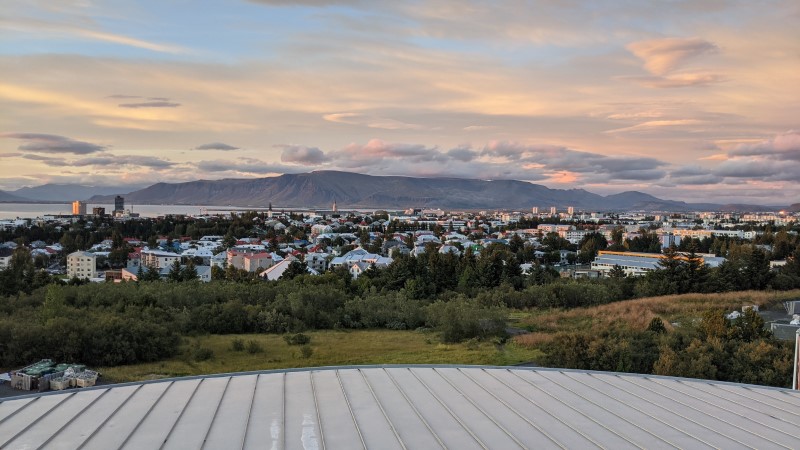The Cryosphere 2022 Conference
Posted on
 © Jeremy Carter
© Jeremy Carter
Originally planned for 2020 and delayed due to COVID, the Cryosphere conference was finally held in Reykjavik Iceland on the 21st-26th of August 2022! Hundreds of researchers from around the world attended in-person providing one of the 1st major events where the community could catch-up with each other and with what the new ‘state-of-the-art’ is within the field as well as discussing the next steps and future direction of the field.
Keynote talks filled day 1 of the conference and addressed the current state of affairs. Stark warnings were given on the substantial uncertainties associated with the scale and timing of sea level rise predictions into the future, in particular with respect to non-linear dynamics occurring over the vast ice sheet of Antarctica. Robert DeConto talking about the process of Marine Ice Cliff Instability (MICI) and Eric Rignot about Marine Ice Sheet Instability (MISI). The alarming feedbacks already being observed in the global climate system as well as the importance of extreme events in catalysing responses in the poles were highlighted by Jason Box. The community moving away from focus on estimates of the mean climate state and towards appreciating the importance of estimates of variability and extremes.
Further keynote talks I managed to attend included fascinating presentations on: the history of Iceland and its climate (Áslaug Geirsdóttir); an overview of key IPCC findings in the recent Cryosphere special addition (Valérie Masson-Delmotte); the vast ice sills in Russia and their apparent lack of response to climate drivers (Olga Makarieva); the history and quests of Arctic explorers and the errors made by John Franklin in his famous and tragic expedition (Astrid Ogilvie); the monitoring of and risk reduction of outburst floods from glaciers in the Himalayas (Mandira Singh Shrestha).
Day 2 consisted of further presentations at the main conference venue as well as the start of the ISMASS special session workshop on weather v’s climate. Among many fantastic talks at this workshop the presentation by Tamsin Edwards on the need for Bayesian calibration of ice sheet model projections with satellite data and emulations stood out to me as a great indication of where the state-of-the-art is regarding the use of statistics within the field. Additionally, the talk by Michiel Van den Broeke caught my attention, making a direct link between the ratio of snowfall and snowmelt as a precursor of ice shelf collapse.
Poster presentations started on day 3, providing a glimpse into the wide variety of work being conducted in all the main fields of glaciology and giving a chance for more 1-on-1 discussions. This was followed by social expeditions including hikes across the Sólheimajökull glacier. Further poster presentations and talks continued on day 4 with the day culminating in a banquet at the historic Perlan landmark and nature exploratorium. The final day among other things took a look at some of the new technology being developed for monitoring, such as the wireless Cryoegg subglacial probe developed and presented by Mike Prior-Jones . A panel discussion marked the end of the conference, which for many PhD students (including myself) provided one of the first opportunities to engage in-person with the global glaciology community. 
Related Blogs
Disclaimer
The opinions expressed by our bloggers and those providing comments are personal, and may not necessarily reflect the opinions of Lancaster University. Responsibility for the accuracy of any of the information contained within blog posts belongs to the blogger.
Back to blog listing




